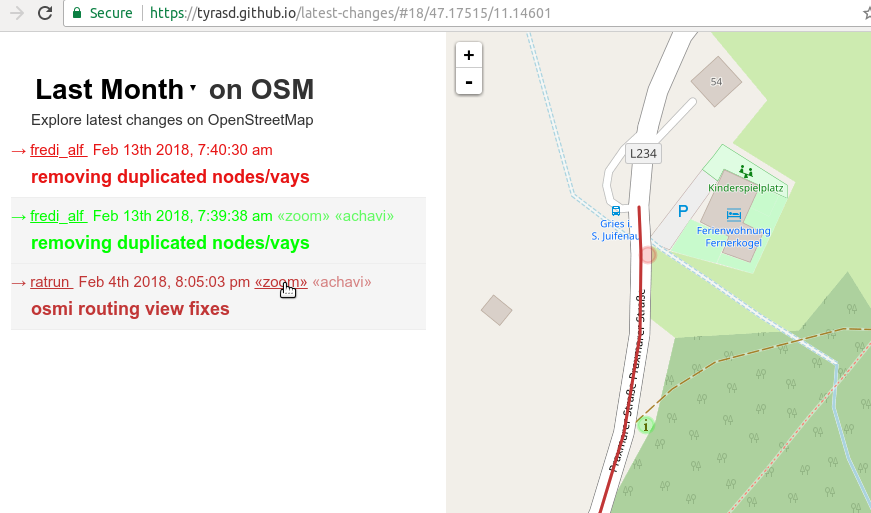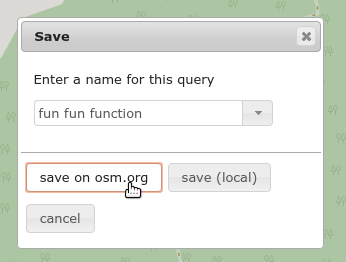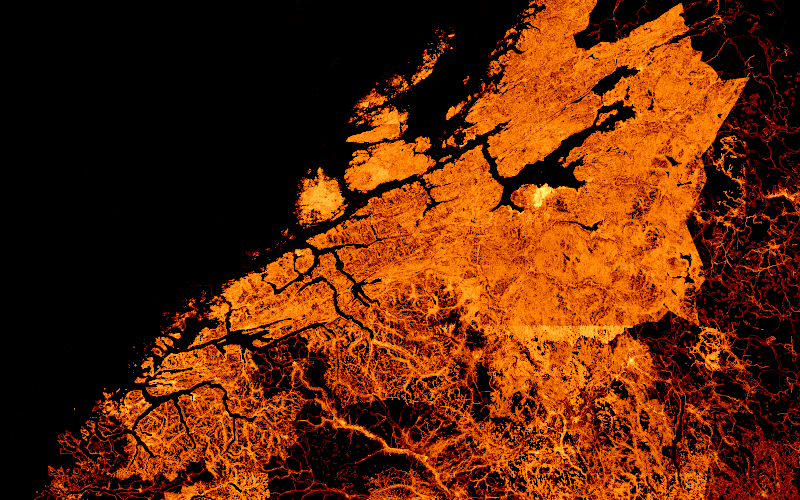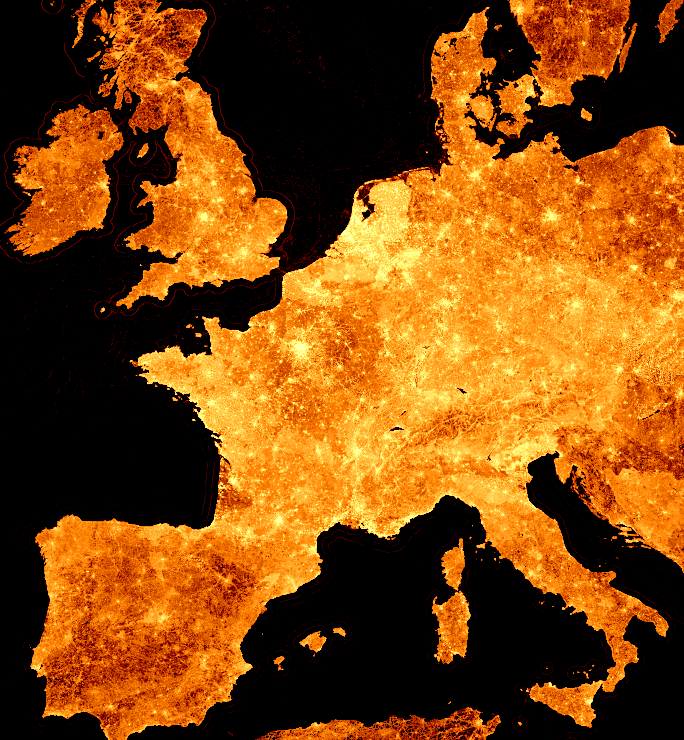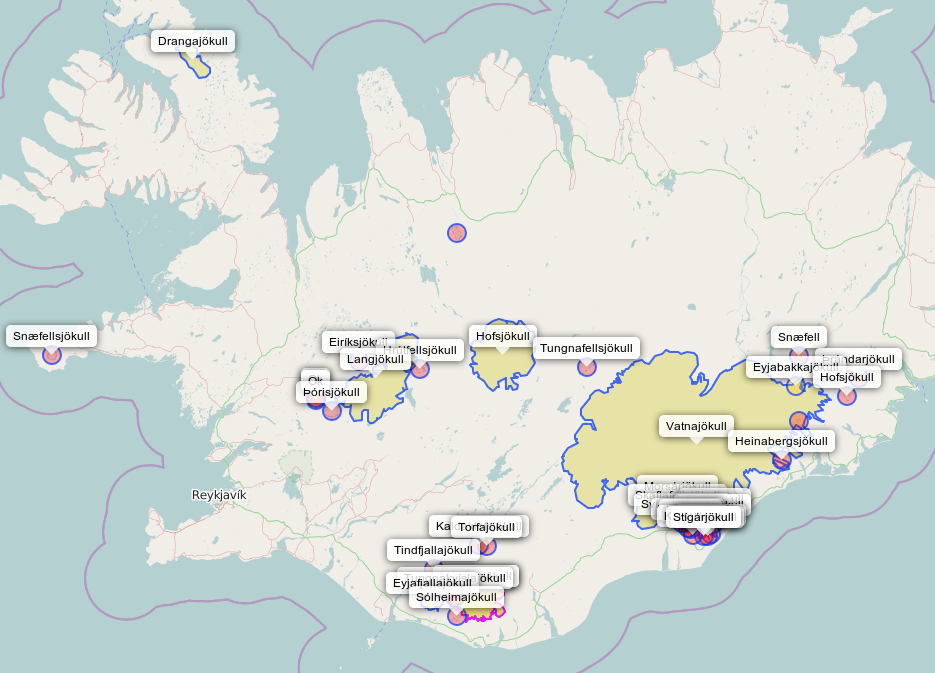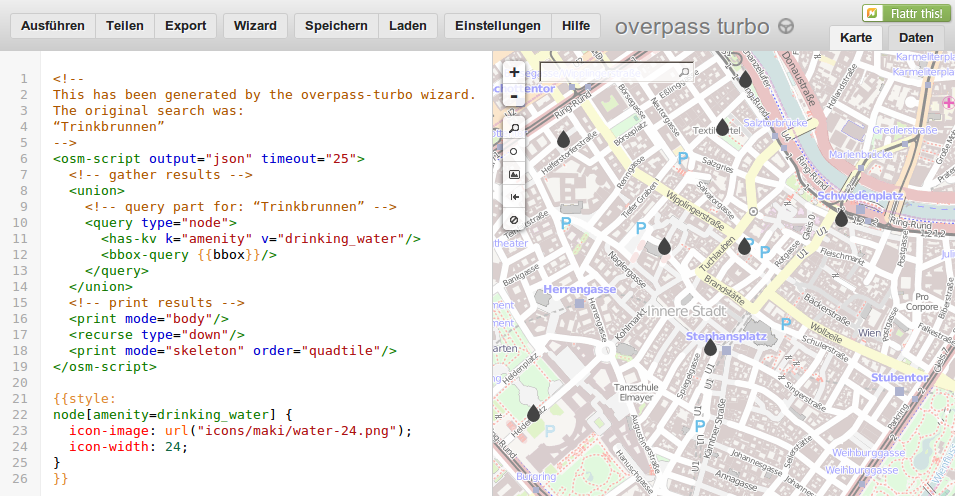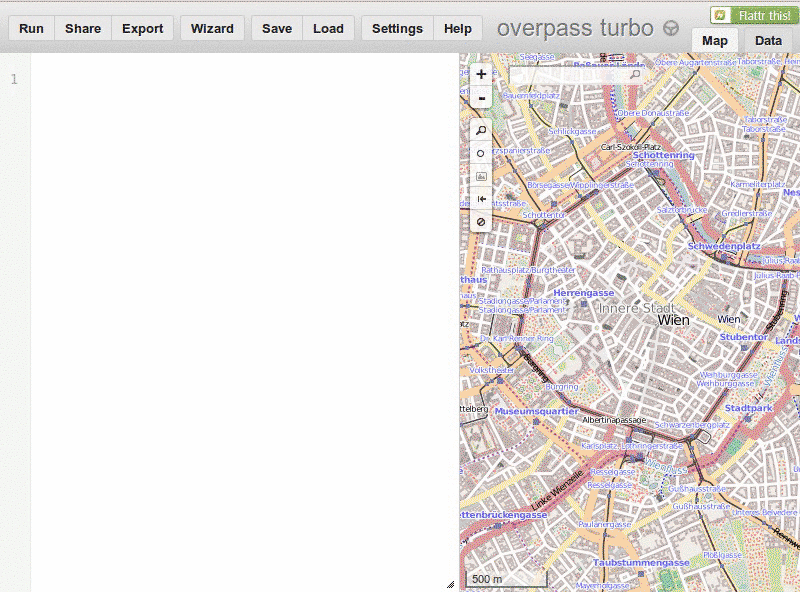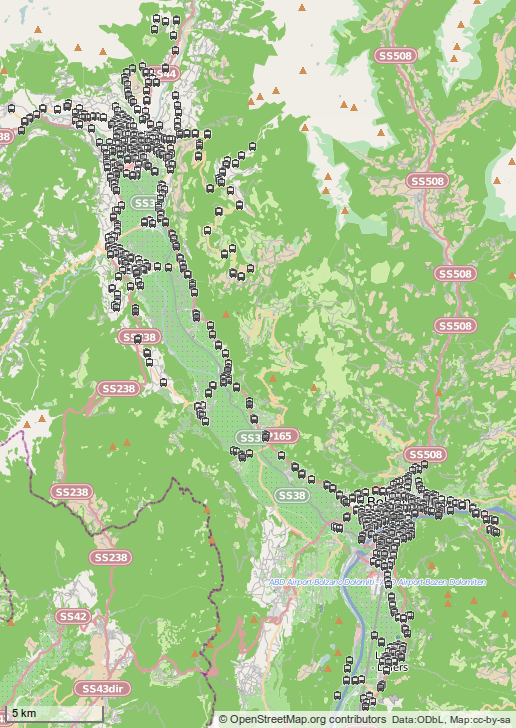My Talk at State of the Map 2024
(How the iD Editor still can to do better in the long term)
This September, I presented some ideas for the future of OSM’s iD editor at the State of the Map conference in Nairobi. Now, the video recording of the talk is online. To summarize the talk’s content: I identified two core challenges faced by the iD editor which need to be addressed in the upcoming years:
1. Data Complexity
Naturally, OSM’s data got more complex over time – as an example, a simple school might have typically been mapped as a single POI node in OSM a couple of years ago, while nowadays the state of the art is to model it using multiple map features that are nested within each other. While this allows to represent the reality in a high level of detail, the added complexity needs to be accommodated for by the tooling, especially in an editor tailored for beginner mappers like iD. For a deep dive into this topic, see also Sarah Hoffmann’s talk at the same conference.




